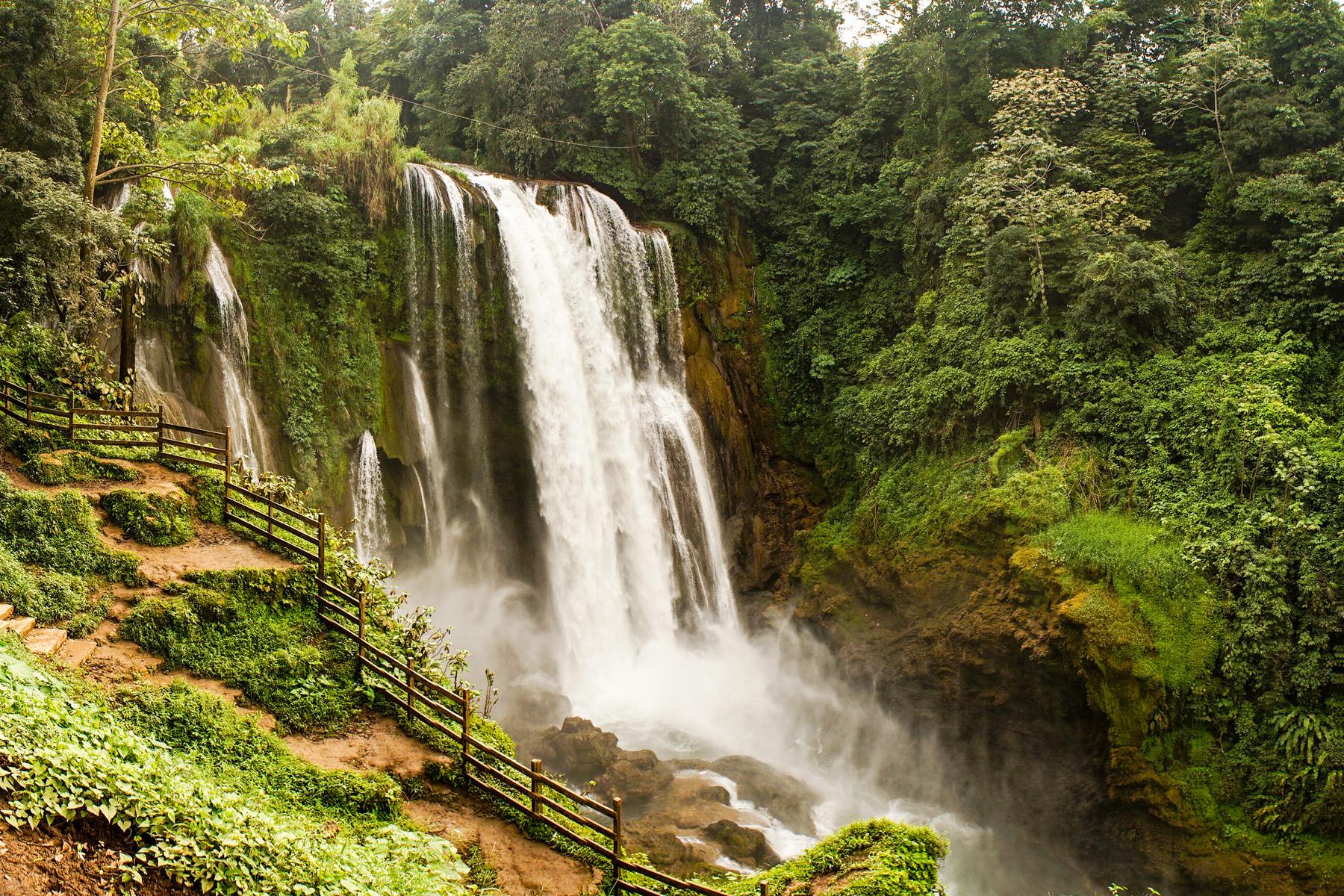Southern Honduras
Southern Honduras
Even old Honduran hands scratch their heads when someone mentions the country’s southern region. (The remote Mosquitía in the northeast part of the country manages to attract more international visitors than southern Honduras does.) But it’s really no effort at all if you’re already in Tegucigalpa, and you’ll be repaid warmly by what you find in this least-traveled part of Honduras.
Warm is the operative word when considering travel in the south. The devil takes his winter vacation here, Hondurans are fond of saying about the southern part of their country. Make no mistake: as the landscape tumbles down from lofty Tegucigalpa to the Pacific Ocean, it swelters here down south, with sunbaked Choluteca, the region’s largest metropolis, proudly proclaiming that it is also Hondu...
Read MoreEven old Honduran hands scratch their heads when someone mentions the country’s southern region. (The remote Mosquitía in the northeast part of the country manages to attract more international visitors than southern Honduras does.) But it’s really no effort at all if you’re already in Tegucigalpa, and you’ll be repaid warmly by what you find in this least-traveled part of Honduras.
Warm is the operative word when considering travel in the south. The devil takes his winter vacation here, Hondurans are fond of saying about the southern part of their country. Make no mistake: as the landscape tumbles down from lofty Tegucigalpa to the Pacific Ocean, it swelters here down south, with sunbaked Choluteca, the region’s largest metropolis, proudly proclaiming that it is also Honduras’s hottest city. (For better or for worse, residents have accepted their climate for what it is and have even tried to put a positive spin on it.) But don’t write off the entire south as hellishly hot: slightly higher-elevation, temperate areas around Yuscarán and Danlí do provide pleasant, welcome relief from the stifling heat.
Farming and fishing are the mainstays here in this fertile region—mangoes, sugar, tobacco, pineapple, corn, cattle, and shrimp are all in abundant evidence in the south—but the country over a century ago decided to focus on the agricultural potential of the northern Caribbean lowlands, which are more spacious and, with nearby ports, more easily accessible to North American and European markets. The south has languished ever since and is today economically one of Honduras’s least developed regions.
Paradoxically, those visitors most familiar with this part of the country are those who have little interest in Honduras at all. The country’s short 137 km (85 mi) of the Pan-American Highway pass through here as a quick link between El Salvador and Nicaragua; these 85 mi are seen by anyone who is driving or busing through Central America. Southern Honduras’s treasures are fewer and do require a bit more searching, but if you treat the area as more than a rest stop as you’re headed for countries south, you’ll be amply rewarded. The south will never be able to compete with the Caribbean coast, one of the world’s premier fun-in-the-sun destinations, when it comes to where Honduras directs its tourism-building dollars. Frankly, we hope the region never turns into Tela or Roatán either, and the Pacific coast's amazing sunsets are something the Caribbean side can only dream about.






